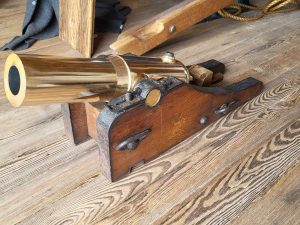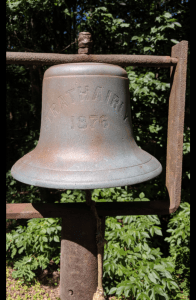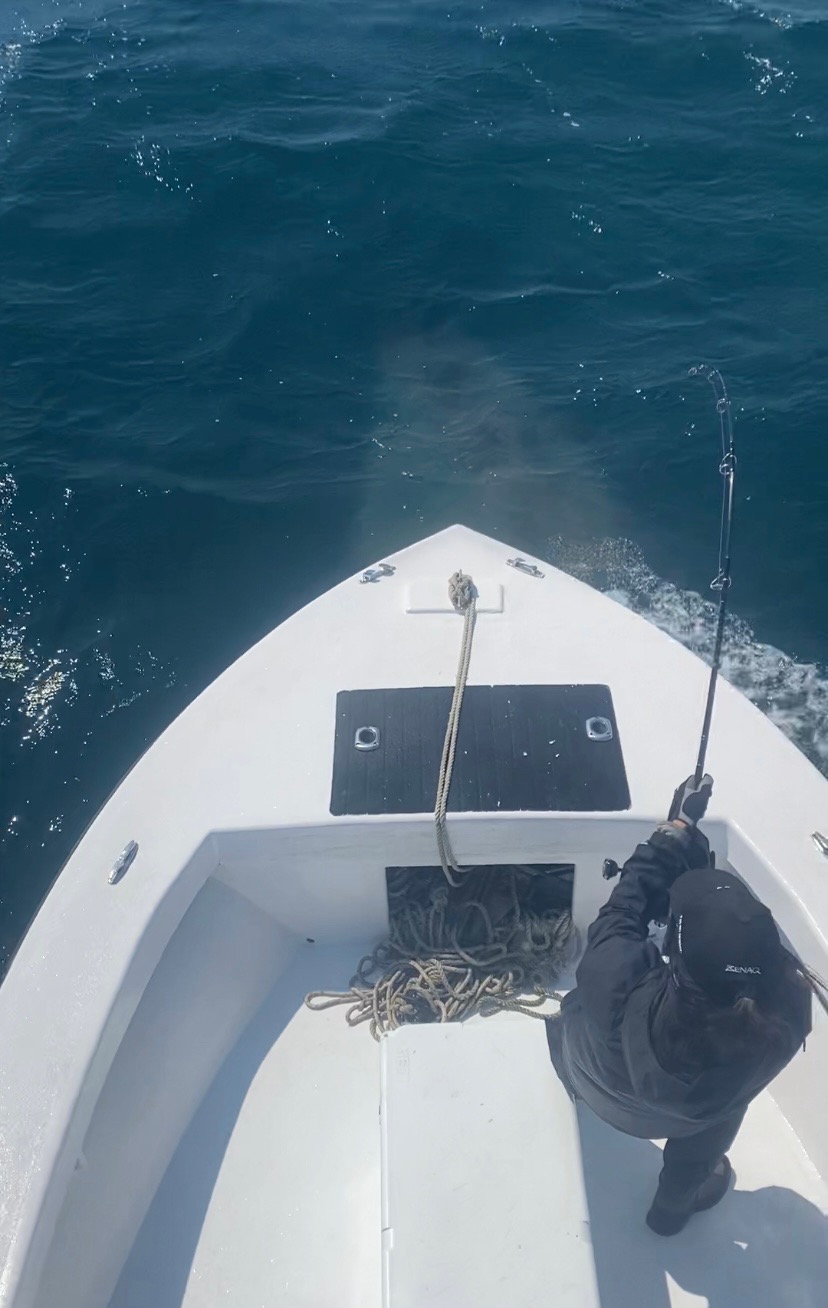Island History: A spotlight on stories from the Outer Banks’ Life-Saving Service

The Chicamacomico Life-Saving Station (CLSS) is celebrating its 150th anniversary this year, as one of the seven original Life-Saving Stations to be built in North Carolina in 1874.
As such, the Chicamacomico Life-Saving Station and Historic Site in Rodanthe will be sharing stories about the seven 1874 Outer Banks stations in the months ahead, leading up to the official October celebration of the United States Life-Saving Stations’ 150th anniversary in the state.
The following is the next of these Life-Saving Station feature articles to honor the #LegacyofLifeSaving, written by Jen Carlson for CLSS.
Brave Determination – A historic rescue by the Chicamacomico Life-Saving Station
On March 24, 1891, what was later deemed to be the most disastrous wreck of the year happened a little over a mile south of the Chicamacomico Life-Saving Station.
In the early hours of the foggy morning, just before sunrise, the British steamer, Strathairly, ran aground about 500 yards from the beach.
The sailors blew their steam whistle for an alert, and within 15 minutes, the south patrolman lit a Coston light indicating help was on the way.

He hurried back to the station to sound the alarm where Keeper Josiah Westcott immediately telephoned the Gull Shoal station to request assistance.
By happenstance, Keeper Bannister L. Midgett, Jr. heard his phone jingle indicating a nearby station was receiving a telephone call for help and caught part of the message being relayed.
The veteran Keeper didn’t wait to receive a call himself, but instead got the New Inlet crew moving as well. Within half an hour of notification, all three crews arrived onsite of the disaster.
Even though the vessel could not be seen through the fog, the Lyle gun was set up quickly, and a line was fired in the direction of the voices heard from shore. The shot was a failure, so Keeper Westcott had to wait until the fog lifted somewhat before trying again.
A few hours passed before the fog lifted enough to see the steamer. By now, the heavy seas had driven the sailors to the riggings, and she had begun to break in two. The mainmast collapsed, sending the captain, first officer, and engineer into the water where they were immediately swept away.
The next couple of shots that were fired missed, until finally, the shot line reached the stricken vessel. Unfortunately, while sending out the whipline, the strong current caused the line to part. Repeated attempts to send out the lines were unsuccessful, and it became apparent to the surfmen that the issue was with the sailors on board. The shot lines were reaching the vessel, but the sailors were taking such a long time to tie off the lines, that they would break under pressure from the current.
At one point, a sailor was desperate enough that he jumped overboard wearing a lifebelt, and after a struggle in the surf, was finally pulled ashore. He was carried to former Keeper John A. Midgett’s house where restorative measures were used to revive him.
The weather prohibited the launching of the surfboat, and even though they were becoming disheartened, the crew kept trying for hours to establish communication with the vessel.
About twelve hours after the grounding, the remaining seamen began to jump from the vessel in a final effort to reach safety. The current immediately began pulling them southward where sixteen men were pulled to shore by either one of the surfmen or by concerned neighbors who had gathered on the beach to assist in the efforts. Unfortunately, only six of the men pulled from the water survived. Efforts were made to revive the others, but were without success. Minutes after the final seaman was pulled from the surf, the foremast collapsed and soon after, the steamer disappeared. One of the men was carried to Captain Midgett’s house for treatment, while the others were taken to the station. The remaining seamen were also taken to the station where ten coffins were built. A local minister came the following day, and the men were buried near the station. The survivors stayed until transportation could be arranged to get them to Elizabeth City before moving on to Norfolk.
Soon after the seamen’s departure, the highest-ranking surviving officer, R. Turner, sent a letter to the General Superintendent’s office expressing gratitude to the crews of the three stations for the brave and noble actions that fateful day. He acknowledged that a message of thanks seemed simplistic in light of the efforts made by the surfmen, but hoped it would be a source of encouragement in future times of peril. The British Consulate also sent a letter of thanks on behalf of Queen Victoria for the efforts of the station crews, as well as the treatment of the survivors during the aftermath.
Not only were the three station crews onsite during the rescue attempt, but the District Six Inspector, Lieutenant Walstein A. Failing, was on hand to witness the events as well.

He was nearby for routine inspections and Keeper Westcott had sent word of the rescue in progress shortly after arriving at the scene. Lieutenant Failing arrived after the three crews and stayed onsite to assist in any way possible. His report and further investigation after the incident came to the conclusion that every effort were made by the station crews to save lives, and even though nineteen sailors lost their lives that day, it was unavoidable.
Launching the surfboat was impossible in the conditions, and had the sailors on board the vessel had the strength to haul the lines aboard and tie them off quickly, the belief is that the lines wouldn’t have repeatedly failed. Equipment used by the United States Life-Saving Service underwent strenuous testing before being supplied to the stations. To have that many lines break during one rescue mission was a testament to the strength of the currents, and the exhaustion of the Strathairly crew.
His summary seconded the thoughts of Officer Turner that there was nothing that could have been done by the crews that was not done.
The bell from the Strathairly is now on display at the Chicamacomico Historical Museum and plays a part in the weekly Breeches Buoy Reenactment drill performed by volunteers each week during the summer months.
All in a Day’s Work at the Nags Head Coast Guard Station
Sometimes it’s about pitching in no matter the need: On April 21, 1916, the Nags Head Coast Guard station crew assisted in the efforts of fighting a forest fire that was threatening Manteo.


















